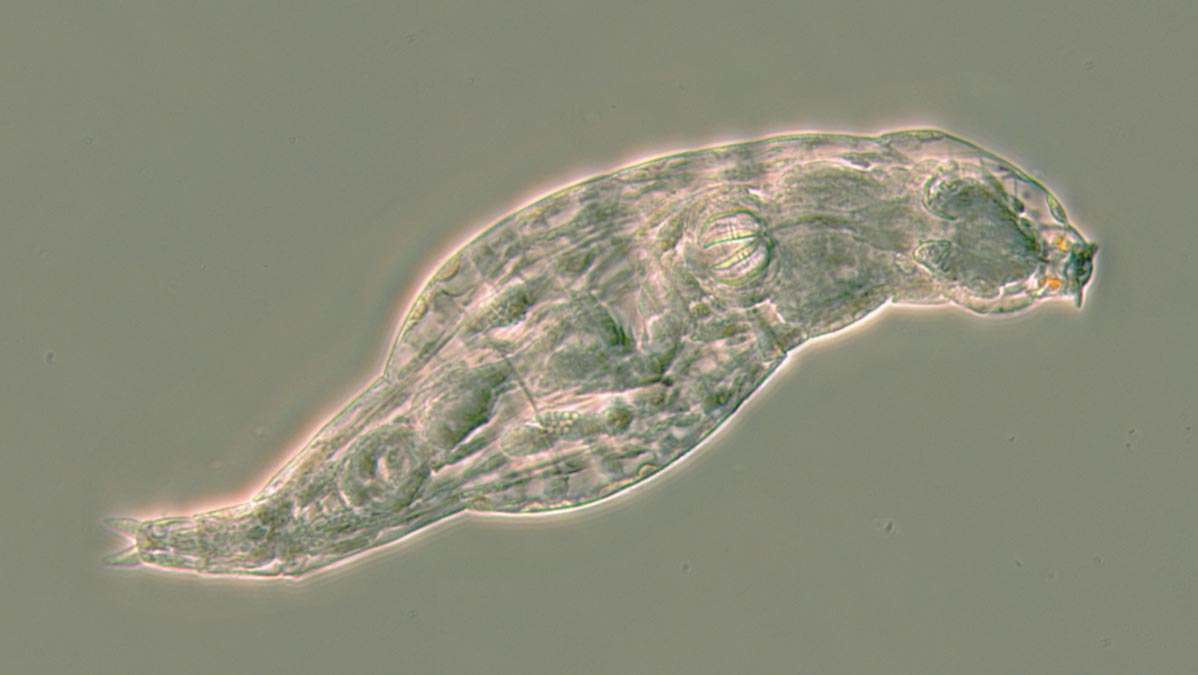"Informed AI News" is an publications aggregation platform, ensuring you only gain the most valuable information, to eliminate information asymmetry and break through the limits of information cocoons. Find out more >>
Tiny Creatures Steal Genes to Fight Infections
- summary
- score

Bdelloid rotifers, tiny freshwater creatures, steal genes from bacteria to make antibiotics. This discovery by researchers at Oxford, Stirling, and Woods Hole Marine Bio Lab could lead to safer drugs against resistant infections.
These rotifers, smaller than a hair's width, have heads, mouths, guts, muscles, and nerves. When infected by fungi, they activate stolen genes to produce antibiotics and other antimicrobial agents.
Chris Wilson, a lead researcher, was surprised to find these genes, typically thought beyond animal capability, actually crafting antibiotic recipes.
Rotifers have been borrowing DNA from their environment for millions of years. This study shows they use these genes to fight disease, a strategy unique among animals.
David Mark Welch suggests rotifers might evolve new antibiotics less toxic to animals, including humans.
Antibiotics, crucial for modern medicine, are mostly natural products of wild fungi and bacteria. Rotifers might be doing the same, hinting at new drug possibilities.
Reuben Nowell notes the unique DNA changes in these stolen genes might lead to new chemical compounds, exciting for future drug development.
Irina Arkhipova proposes the next step should be identifying these compounds and understanding their synthesis conditions.
The challenge in drug development is many natural antibiotics are toxic to animals. If rotifers can safely produce these chemicals, it might pave the way for safer human medicines.
Tim Barraclough links this gene borrowing to rotifers' unique reproduction: they are all female, reproducing without males. This asexual reproduction might explain their extensive gene borrowing, crucial for survival.
Reuben Nowell concludes these stolen genes, some from plants, offer insights into gene mobility across species, a growing field of study.
| Scores | Value | Explanation |
|---|---|---|
| Objectivity | 6 | Comprehensive reporting and in-depth analysis. |
| Social Impact | 4 | Influences some public opinion on medical research. |
| Credibility | 5 | Solid evidence from authoritative sources. |
| Potential | 5 | Almost certain to trigger larger medical advancements. |
| Practicality | 4 | Highly practical for direct medical application. |
| Entertainment Value | 3 | Somewhat entertaining, attracts niche audience. |